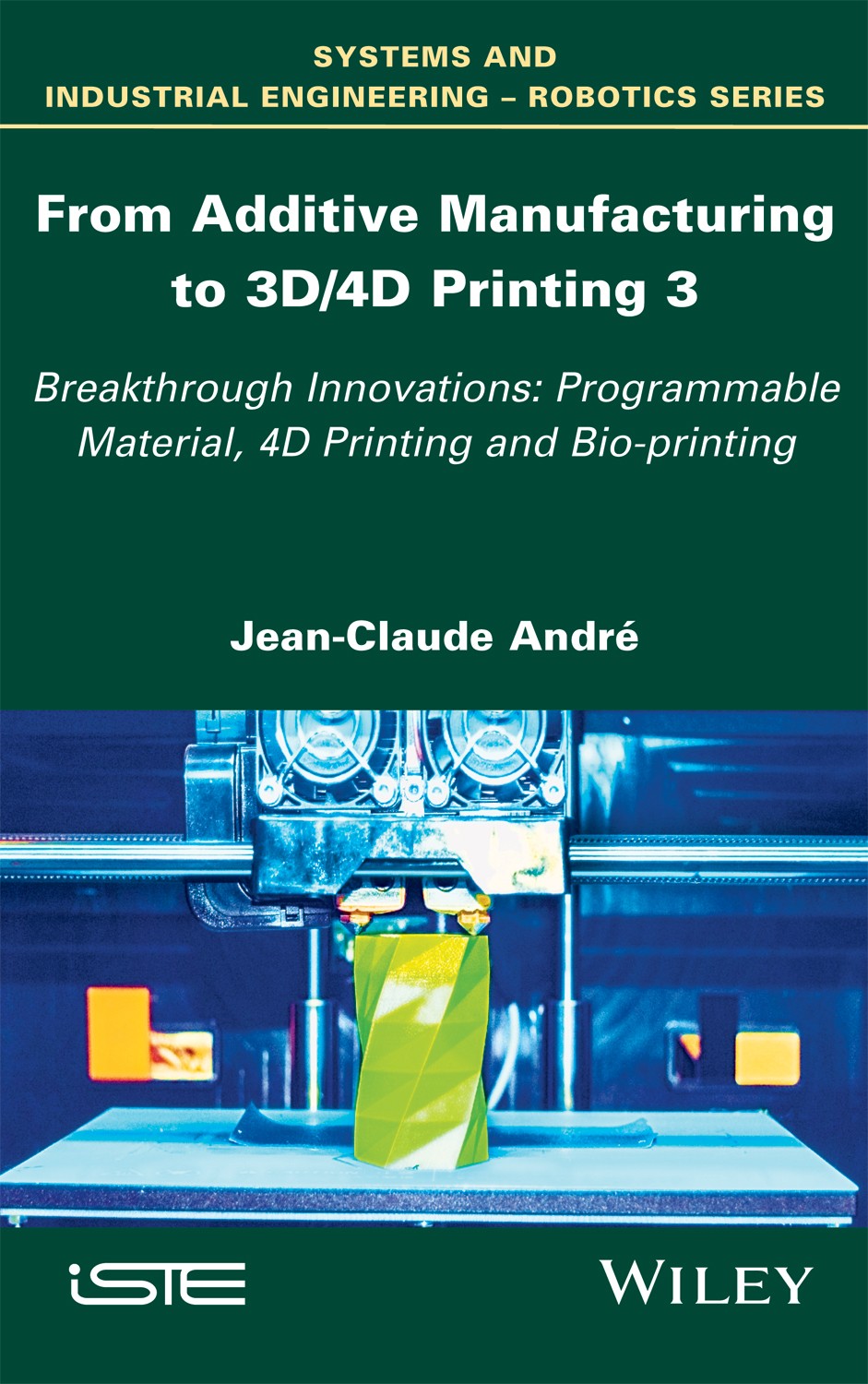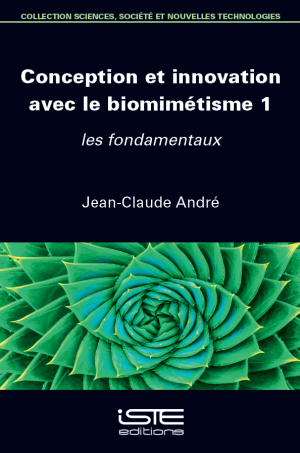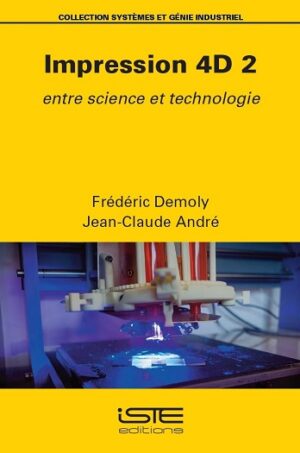
Additive manufacturing is 33 years old and represents a market of several billion euros per year with annual growth of between 20 and 30%. The use of self-assembling materials by means of “Programmable Material” will make assembly plants superfluous. Robotics, the heart of the productivity gains of the 20th Century, could thus be integrated into […]
Additive manufacturing is 33 years old and represents a market of several billion euros per year with annual growth of between 20 and 30%.
The use of self-assembling materials by means of “Programmable Material” will make assembly plants superfluous. Robotics, the heart of the productivity gains of the 20th Century, could thus be integrated into the products themselves.
In addition, by introducing a feature into the created object, 4D printing with extraordinary potential for temporally evolving objects is achieved with a complementary target that corresponds to 3D printing of tissues and organs.
Progress towards new application niches representing gigantic markets requires, however, processes based on other concepts close to those of complexity. Between extraordinary promises and epistemological questions, this third volume introduces additive manufacturing into a new breakaway future provided that a number of conceptual breakthroughs are made.
Part 1. Programmable Smart/Intelligent Matter and 4D Printing
1. Programmable Matter or Smart Matter, Stimulated Organization and 4D Printing.
Part 2. Live “Smart” Matter and Bio-printing
2. Bio-printing Technologies.
3. Some Examples of 3D Bio-printed Tissues.
4. Ethical Issues and Responsible Parties.
5. Questions of Epistemology and Modeling.






